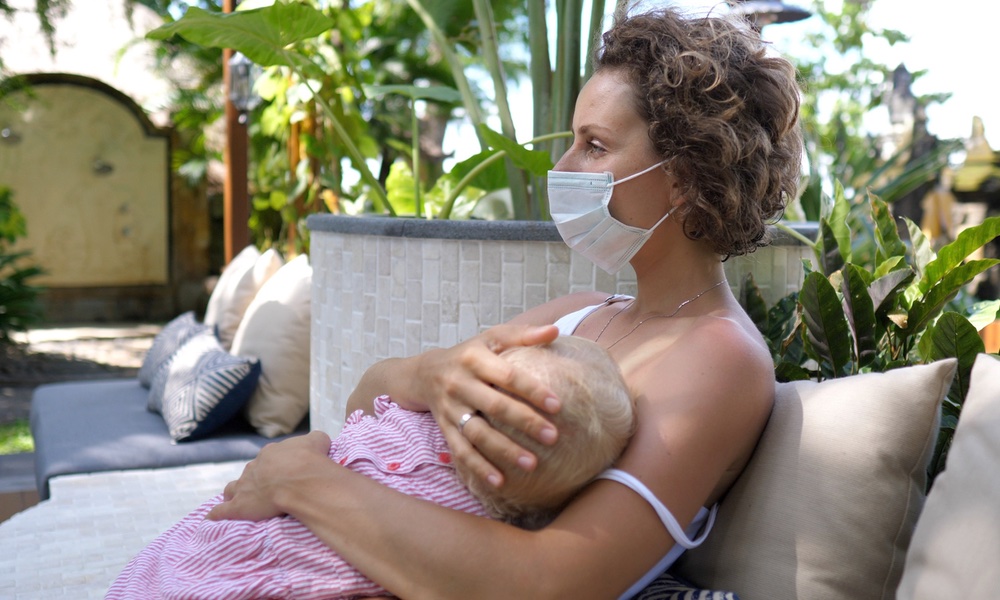The pandemic has been an especially anxious time for mothers-to-be and new mothers. Not only may they be going to hospitals stretched thin because of an influx of COVID patients and be concerned about the possibility they will become infected with SARS-CoV-2, the virus that causes COVID-19 and transmit it to their newborns by breastfeeding, they have to face the usual demands of having a new baby.
A new study puts at least one of these fears to rest.
Breast milk from women recently infected with SARS-CoV-2 does contain viral genetic material called viral RNA, a few small studies have found, but they were unable to prove the SARS-CoV-2 RNA in breast milk caused a viral infection in newborns.
The presence of viral RNA in breast milk does not mean it contains infectious viral particles or puts babies at increased risk for SARS-CoV-2 infection, a somewhat larger study from the University of California has found. It concluded that women with recent SARS-CoV-2 infection can safely breastfeed.Breast milk is a valuable source of infant nutrition that appears to be safe even in the face of SARS-CoV-2 infection.
The study’s findings support guidance from the U.S. Centers for Disease Control and Prevention, the American Academy of Pediatrics, and the World Health Organization that mothers with SARS-CoV-2 infection may start breastfeeding or continue to nurse while wearing a mask.
The reason to keep breastfeeding even when COVID-19 is a concern is simple: Breast milk is a valuable source of infant nutrition that appears to be safe even in the face of SARS-CoV-2 infection.
“We found no evidence that breast milk from mothers infected with SARS-CoV-2 contained infectious viral particles and saw no clinical evidence their infants got infected, which suggests breastfeeding is unlikely to be a hazard,” Paul Krogstad, lead author and a professor of pediatrics and pediatric infectious diseases at the David Geffen School of Medicine at the University of California at Los Angeles, explained.
The breast milk of over 100 women who donated breast milk to the Mommy’s Milk Human Milk Biorepository at the University of California San Diego over a six-month period was analyzed for the study. Sixty-five women participating in the study tested positive for SARS-CoV-2; nine had COVID-19 symptoms but tested negative for the virus; and 36 had symptoms, but were not tested.
Viral RNA was detected in the cultures of milk from seven women who either tested positive for SARS-CoV-2 or reported symptoms of COVID-19. Cultures of a second sample of breast milk taken from these seven women between one and 97 days later contained no viral RNA. Infectious viral particles and a type of viral RNA that is a marker of viral infectivity were not found in breast milk cultures from any woman. No clinical evidence of infection was seen in the infants breastfed by the seven women whose milk contained viral RNA.
To make sure that typical freeze-thaw cycles would not prevent them from detecting infectious SARS-CoV-2 particles in the milk of study participants, researchers added infectious SARS-CoV-2 particles to breast milk samples from two uninfected, healthy women as part of a control experiment. Infectious virus was detected in cultures of this milk after several freeze-thaw cycles that represented the typical handling of human milk.
The researchers pointed out that although this may be the largest number of breast milk samples analyzed to date from women recently infected with SARS-CoV-2, it was still a relatively small study. The study population was too small to allow the researchers to determine what factors would predict the presence of SARS-CoV-2 RNA in breast milk.
The study is published in Pediatric Research.





